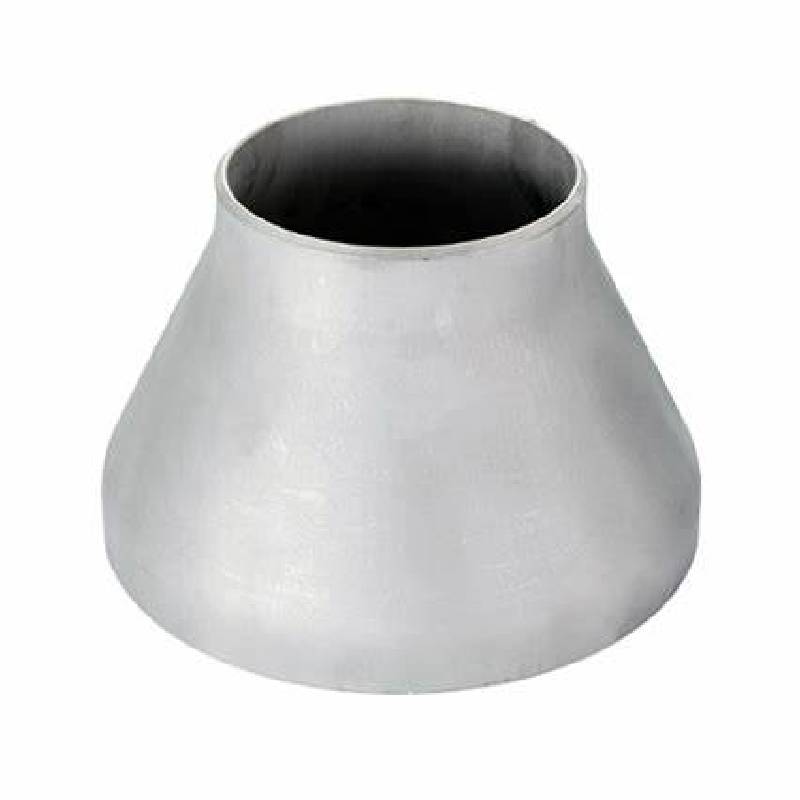-
Cangzhou Yulong Steel Co., Ltd.
-
Phone:
+86 13303177267 -
Email:
admin@ylsteelfittings.com
- English
- Arabic
- Italian
- Spanish
- Portuguese
- German
- kazakh
- Persian
- Greek
- French
- Russian
- Polish
- Thai
- Indonesian
- Vietnamese
- Zulu
- Korean
- Uzbek
- Hindi
- Serbian
- Malay
- Ukrainian
- Gujarati
- Haitian Creole
- hausa
- hawaiian
- Hebrew
- Miao
- Hungarian
- Icelandic
- igbo
- irish
- Japanese
- Javanese
- Kannada
- Khmer
- Rwandese
- Afrikaans
- Albanian
- Amharic
- Armenian
- Azerbaijani
- Basque
- Belarusian
- Bengali
- Bosnian
- Bulgarian
- Catalan
- Cebuano
- China
- China (Taiwan)
- Corsican
- Croatian
- Czech
- Danish
- Esperanto
- Estonian
- Finnish
- Frisian
- Galician
- Georgian
- Kurdish
- Kyrgyz
- Lao
- Latin
- Latvian
- Lithuanian
- Luxembourgish
- Macedonian
- Malgashi
- Malayalam
- Maltese
- Maori
- Marathi
- Mongolian
- Myanmar
- Nepali
- Norwegian
- Norwegian
- Occitan
- Pashto
- Dutch
- Punjabi
- Romanian
- Samoan
- Scottish Gaelic
- Sesotho
- Shona
- Sindhi
- Sinhala
- Slovak
- Slovenian
- Somali
- Sundanese
- Swahili
- Swedish
- Tagalog
- Tajik
- Tamil
- Tatar
- Telugu
- Turkish
- Turkmen
- Urdu
- Uighur
- Welsh
- Bantu
- Yiddish
- Yoruba

Nov . 12, 2024 01:32 Back to list
metal pipe cost
Understanding Metal Pipe Costs Factors and Insights
Metal pipes are essential components across various industries, serving as conduits for liquids, gases, and solids. From construction and plumbing to oil and gas, the demand for metal pipes continues to rise, making it crucial for businesses and project managers to understand the factors influencing their costs. This article will explore the primary components that contribute to metal pipe costs, along with insights on how to manage these expenses effectively.
1. Raw Material Prices
The most significant factor influencing the cost of metal pipes is the price of raw materials. The primary materials used in pipe manufacturing include steel, copper, aluminum, and stainless steel. The prices of these metals fluctuate based on global supply and demand, geopolitical events, and economic conditions. For instance, steel prices may rise due to tariffs, changes in trade policies, or mining disruptions in major producing countries. Therefore, staying informed about market trends and fluctuations is essential for budgeting and procurement purposes.
2. Pipe Specifications and Types
Different applications require different types of metal pipes, which can vary significantly in cost. For example, a standard carbon steel pipe will typically be less expensive than a high-grade stainless steel pipe, which is designed for corrosive environments. The specifications of the pipe, such as diameter, wall thickness, and length, also influence costs. Customized pipes, which are tailored to fit specific project requirements, tend to have higher costs due to additional manufacturing processes.
3. Manufacturing Processes
The method used to manufacture the pipes plays a critical role in determining their prices. Common production methods include seamless, welded, and cast processes. Seamless pipes, which are made without any joints, are usually more expensive due to the intricate manufacturing process that yields higher quality and strength. On the other hand, welded pipes, created by joining flat metal plates, are typically more affordable but may not match the durability and pressure tolerance of seamless alternatives.
metal pipe cost

4. Surface Treatments and Coatings
Many metal pipes undergo additional treatments and coatings to enhance their properties. For example, pipes used in corrosive environments may be galvanized, painted, or coated with special materials to prevent rust. These treatments add to the overall cost but are often necessary to ensure the longevity and reliability of the pipes. Thus, project managers must evaluate the long-term benefits of these treatments against their immediate additional costs.
5. Transportation and Logistics
The journey from the manufacturer to the job site also affects the final cost of metal pipes. Transportation expenses can be influenced by both distance and the mode of transport used. In addition, logistics considerations such as handling fees, insurance, and tariffs must be factored in when calculating overall costs. Optimizing logistics can lead to significant savings, especially for large-scale projects where bulk purchasing is common.
6. Economic Conditions and Demand
Broader economic trends and market demand also shape metal pipe costs. In times of economic growth, the demand for construction and infrastructure projects typically increases, leading to higher prices for metal pipes. Conversely, a downturn may result in reduced demand and lower prices. Keeping an eye on market conditions can help businesses make informed decisions about when to purchase materials and how to manage their inventory effectively.
Conclusion
Understanding the various factors that contribute to metal pipe costs is critical for anyone involved in procurement, project management, or construction. By considering raw material prices, pipe specifications, manufacturing processes, surface treatments, transportation logistics, and economic conditions, stakeholders can make smarter purchasing decisions that align with their budgets and project timelines. As the demand for metal pipes continues to rise across numerous sectors, being informed about these influencing factors will enable businesses to navigate the complexities of the market effectively, ultimately leading to greater project success and cost efficiency.
Latest news
-
ANSI 150P SS304 SO FLANGE
NewsFeb.14,2025
-
ASTM A333GR6 STEEL PIPE
NewsJan.20,2025
-
ANSI B16.5 WELDING NECK FLANGE
NewsJan.15,2026
-
ANSI B16.5 SLIP-ON FLANGE
NewsApr.19,2024
-
SABS 1123 FLANGE
NewsJan.15,2025
-
DIN86044 PLATE FLANGE
NewsApr.19,2024
-
DIN2527 BLIND FLANGE
NewsApr.12,2024
-
JIS B2311 Butt-Welding Fittings LR/SR 45°/90° /180°Seamless/Weld
NewsApr.23,2024











